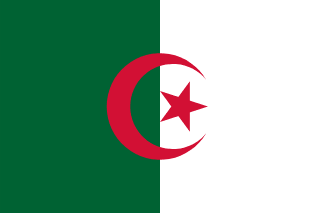Mexico City plays host to a variety of museums, many of which are free to visit. To help you plan your next trip we’ve collected five of the city’s best yet underappreciated collections.
Cuicuilco

The not-so-famous Cuicuilco pyramid
Cuicuilco is an archaeological site, home to the half-buried ruins of an ancient civilisation and located near the centre of Mexico City. Built by the Maya and Aztecs around 500 BCE, volcanic activity in the area caused the city to be abandoned around 150 CE. Today the site remains buried under several metres of lava. The complex is best known for its pyramid, which is thought to be one of the oldest in the world. Originally the structure was part of a grand temple but due to the thick lava layer, it’s now one of the only parts of Cuicuilco above ground. A small, free museum covers the history of how the site was excavated. Stay just a short walk away at the impressive Puertas del Bosque.
Mexican Sugar Art Museum

Sugar skulls on display during Dia de los Muertos
Set yourself up for the day with a highly praised breakfast from Colibrí B&B before heading here for a visual feast. Crafted from sugar and decorated with bright, festive colours – Mexico’s candy skulls are such an important part of local tradition that they merit their own museum. The Mexican Sugar Art Museum has over 100 pieces of painstakingly crafted sugar art, including elaborate tableaux depicting events from the 1970s, 80s and 90s, fairy tales, pop culture figures, and, of course, skulls.
La Casa Azul and Museo Casa de Leon Trotsky

The Frida Kahlo House
Seize the opportunity to walk in the footsteps of two of Mexico City’s most famous resi
Book now on our platform and embark on a unique and memorable travel experience.

Museo Casa de Leon Trotsky
Stay less than a 500 metre walk from both museums at the Casa Jacinta Guest House. Since the deaths of Kahlo and Trotsky, both museums have taken on an almost shrine-like quality. Visitors are able to see the bed where Kahlo worked on her last painting and the desk where Trotsky was assassinated.
Museo de El Carmen

An example of Mexican religious art, Our Lady of Gualalupe
This striking museum was built in 1615 and started life as a Carmelite convent until it was closed in 1858 as part of the Reformation. Over a century later, and after years spent abandoned and being used as a temporary army barracks, the monastery was turned into a museum in 1929. The Museo de El Carmen’s mosaiced domes and arches form a striking contrast against the building’s Gothic and Baroque features. It’s worth going inside to take a look at the extensive collection of Mexican religious art. The Casa Habitación San Angel is a beautifully decorated guest house, conveniently located not far from the Museo de El Carmen.

 English
English Français
Français عربي
عربي DZD
DZD TRY
TRY EUR
EUR TND
TND MAD
MAD EGP
EGP AED
AED GBP
GBP